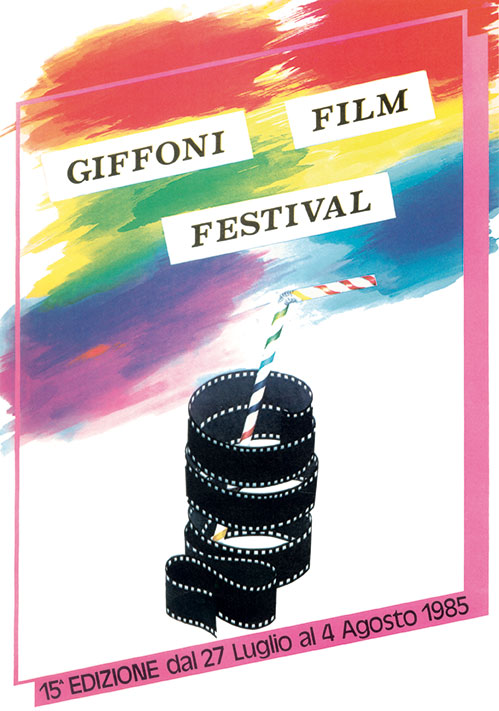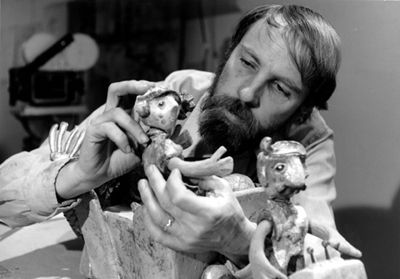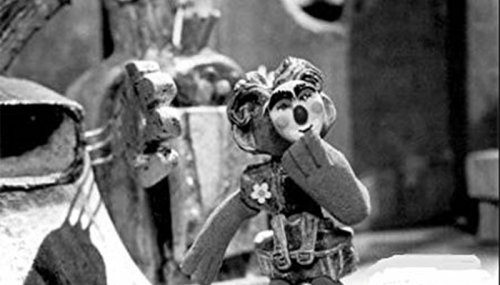Synopsis
Every year, the inhabitants of a small village organize a dance to celebrate the harvests. This year, the children decide to participate in the party and everyone starts making a costume. Thanks to the participation of several characters, this animated film illustrates various approaches of creativity where each one goes there of his imagination and his individual capacities.

Sections & Films
MASQUERADE
| Original Title | Mascarade |
| Italian Title | Mascherata |
| Category | Official Competition |
| Section | Competition |
| Tipology | Animation, Short Film |
| Duration | 28' |
| Production Year | 1984 |
| Nationality | Canada |
| Directed by | Co Hoedeman |
| Screenplay | Co Hoedeman |
| Original Voices | Sheraz Adam, Steven Bednarski, Jean-Pierre Brown |
 CO HOEDEMAN
CO HOEDEMAN
Hoedeman was born during the German occupation of the Netherlands and survived the Hunger Winter of 1944-45, when many of Amsterdam's residents died of starvation brought on by a German blockade and other factors.
At the age of 15, Hoedeman left school to work as a photograph retoucher in the printing industry in his native the Netherlands, but soon decided to try film. He first worked at Multifilm, a small production company in Haarlem, and then at Cinecentrum in Hilversum, where he worked in the optical and special effects department and helped out with camera, laboratory and sound work when he could. Hoedeman spent his evenings taking courses at the School of Fine Arts in Amsterdam and the School of Photography in The Hague. As his skills improved, he took on more complex work, including transitions and models, and eventually began designing, editing, and directing commercials.
Hoedeman immigrated to Canada in 1965 with his then-wife, on the chance that the National Film Board of Canada might hire him. He showed up at the NFB with a reel of his previous work under his arm, and within days landed a job as a production assistant. His first major project there was an educational film called Continental Drift. He then moved to the recently created French Animation Studio and made what he called his first "real" film, Oddball, in 1969. Wanting to learn more about stop-motion animation techniques, he went to Czechoslovakia in 1970 to study puppet animation.
On his return, he produced the innovative and charming children's film Tchou-Tchou (1972), made entirely by using wooden blocks. Then, he made a series of animated films based on Inuit legends: The Man and the Giant, The Owl and the Lemming, The Owl and the Raven and Lumaaq. He collaborated closely with artists in the Arctic communities of Frobisher Bay (now called Iqaluit) and Povungnituk to illustrate the legends, using sealskin figures, soapstone carvings, and drawings.
His next project was the very ambitious The Sand Castle / Le Château de sable, a touching fable that earned him the Academy Award for Best Animated Short Film at the 50th Academy Awards. This work, which featured an array of odd creatures created from foam rubber, wire, and sand, won numerous international awards and has proven to be an enduring favourite.
With every film, Hoedeman experimented with new techniques and materials, including papier-mâché, paper cutouts, and computer animation.






